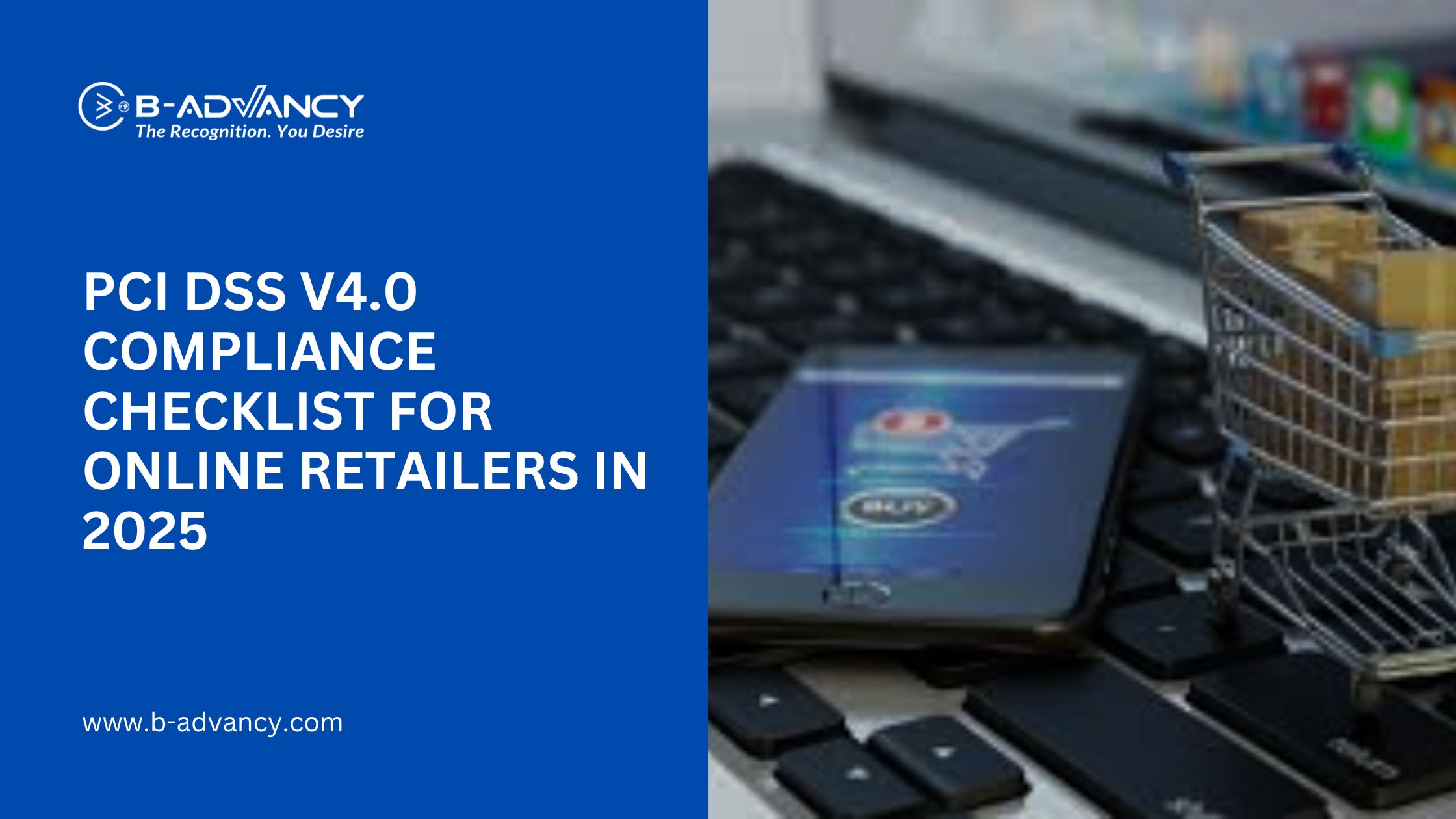
In today’s digital age, online retail has become a dominant force in global commerce. With this surge comes increased responsibility to protect customers’ payment data. The Payment Card Industry Data Security Standard (PCI DSS) version 4.0, released recently, provides a comprehensive framework to secure payment card data. For online retailers, understanding and implementing PCI DSS v4.0 is essential to protect their business and maintain customer trust in 2025. PCI DSS is a global security standard designed to safeguard cardholder data during payment transactions. The latest update, version 4.0, introduces enhanced flexibility, stronger security requirements, and improved validation processes. It aims to address emerging cyber threats and evolving payment technologies. Online retailers are especially vulnerable to cyberattacks due to the nature of their transactions and customer data they handle. Failure to comply with PCI DSS can lead to data breaches, hefty fines, and irreparable damage to brand reputation. Complying with PCI DSS v4.0 demonstrates a retailer’s commitment to securing customer information and mitigating risk. 1. Data Protection and Encryption 2. Multi-Factor Authentication (MFA) 3. Secure Software Development 4. Continuous Monitoring and Logging 5. Risk-Based Approach 6. Third-Party Management Scope Identification Implement Strong Access Controls Encrypt Cardholder Data Regular Security Testing Maintain Detailed Logs Patch and Update Systems Promptly Employee Training and Awareness Incident Response Planning Manage Third-Party Risks Online retailers must take a proactive stance toward PCI DSS v4.0 compliance. This involves not only technical safeguards but also governance, risk management, and ongoing employee training. Partnering with experienced PCI Qualified Security Assessors (QSAs) can help ensure a smooth compliance journey. The transition to PCI DSS v4.0 represents an opportunity for online retailers to strengthen their security posture in an increasingly complex threat landscape. By adopting best practices and adhering to the checklist, retailers can protect their customers’ sensitive data, avoid costly breaches, and maintain their reputation in 2025 and beyond.What is PCI DSS v4.0?
Why PCI DSS v4.0 Matters for Online Retailers
Key Areas of Focus in PCI DSS v4.0 Compliance
Encryption remains a cornerstone of PCI DSS. Retailers must ensure cardholder data is encrypted both in transit and at rest. PCI DSS v4.0 emphasizes stronger cryptographic methods and requires regular updates to encryption technologies to counter new threats.
MFA is now mandatory for all access into the cardholder data environment. This means every individual accessing sensitive payment information must authenticate using at least two distinct methods, such as a password and a hardware token.
With many online retailers operating their own e-commerce platforms, PCI DSS v4.0 mandates secure coding practices. Retailers need to integrate security testing into their software development lifecycle to detect vulnerabilities early and prevent exploitation.
Real-time monitoring of network activity and maintaining detailed logs are critical. PCI DSS v4.0 requires organizations to implement continuous monitoring to detect and respond to suspicious activity swiftly.
Unlike previous versions, PCI DSS v4.0 allows a more customized, risk-based approach to some requirements. Retailers can choose alternative controls that provide the same or better level of security, provided they justify and document their decisions.
Many retailers use third-party payment processors or cloud services. PCI DSS v4.0 requires comprehensive oversight of these partners to ensure they also comply with security standards, as vulnerabilities in third parties can compromise the retailer’s environment.PCI DSS v4.0 Compliance Checklist for Online Retailers
Clearly define the cardholder data environment, including all systems, networks, and processes involved in payment data storage, processing, or transmission.
Enforce MFA for all users accessing the payment environment and ensure least privilege principles govern access rights.
Use industry-approved cryptographic protocols for data in transit and at rest, and keep encryption keys secure and periodically rotated.
Conduct vulnerability scans, penetration testing, and code reviews regularly to identify and address weaknesses.
Log all access and activity within the cardholder data environment and retain logs for a minimum period as per compliance guidelines.
Apply security patches quickly to all hardware and software components involved in payment processing.
Educate staff about PCI DSS requirements, phishing risks, and secure handling of payment data.
Develop and test an incident response plan to quickly contain and remediate data breaches or security incidents.
Review contracts, security posture, and compliance status of all third-party service providers involved in payment processing.Preparing for PCI DSS v4.0 in 2025